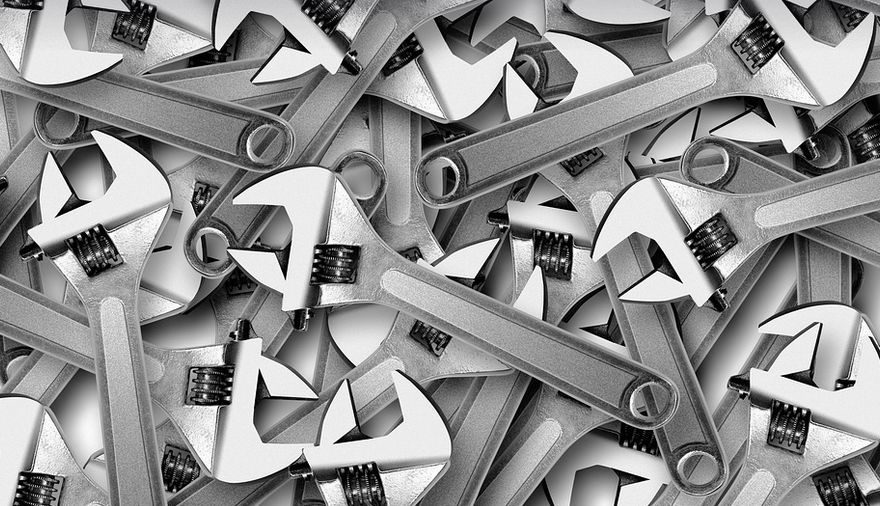Unraveling the Mystery of the Belt’s Origins
The humble belt, an ubiquitous accessory that often gets overlooked, boasts a history stretching back millennia. It’s fascinating to ponder how this simple piece of adornment has found its way into our wardrobes and cultural fabric throughout various civilizations. The question then arises: “When was the belt invented?” This journey through time sheds light on the evolving significance of belts across cultures and eras.
The earliest forms of belts emerged in ancient Mesopotamia around 3000 B.C., crafted from simple leather straps that provided a functional solution for holding weapons or pouches. These rudimentary belts served as essential tools for everyday life, reflecting the practical needs of the time.
Fast forward to Egypt, where the ancient Egyptians embraced sophistication and adorned themselves with ornate belts made of metal and precious stones. The symbol of a belt was often intertwined with power and authority, serving as a visual representation of status in their society. They crafted intricate designs on these belts, showcasing their artistic prowess and reflecting societal values.
Across the globe, ancient civilizations found innovative ways to harness belts for practical purposes. The Greeks were known for using belts to hold their robes and armor, while the Romans incorporated them in their military attire, emphasizing their strength and discipline.
The belt’s journey through history was marked by evolving materials and techniques. From leather and wood to metal and fabric, the choice of material reflected individual preferences and societal norms. For instance, the use of silk belts became popular in the 16th century, signifying affluence and elegance.
A testament to human ingenuity is the evolution of the belt’s design. From simple buckles to intricate clasps, the belt has undergone a dramatic transformation in terms of functionality and aesthetic appeal. The invention of the buckle revolutionized the ease of fastening belts, streamlining everyday wear and tear.
Throughout history, the belt wasn’t merely an accessory but rather a symbol of identity and power. Kings, nobles, and even commoners alike used belts to convey their status and affiliations. This practice demonstrates how a simple piece like a belt can be imbued with deeper meaning and symbolism.
In the 19th century, the industrial revolution spurred a wave of innovation in manufacturing techniques, leading to mass production of belts. This accessibility made belts more affordable and widespread, allowing for their integration into various aspects of daily life.
